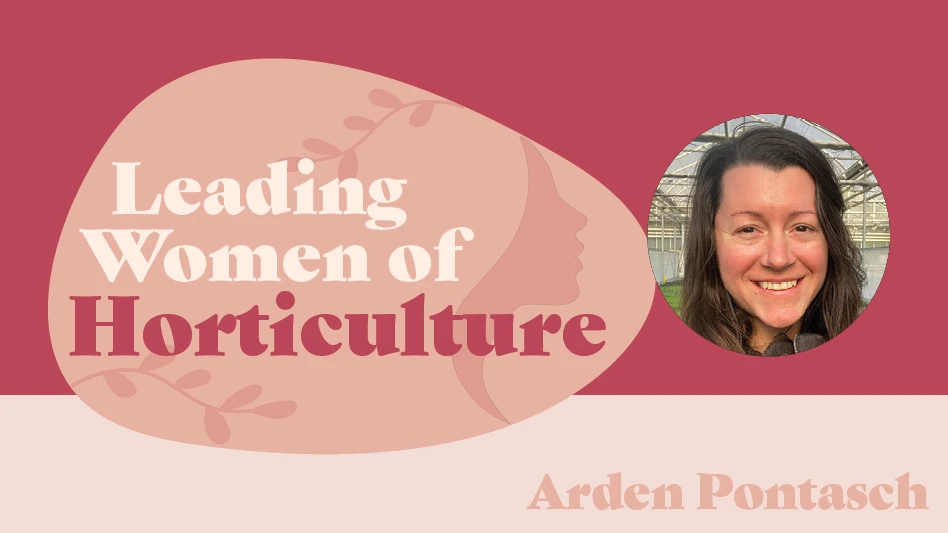With pest management rapidly advancing, more terms and technical words are being thrown at the industry. Here are some key terms being used today in conjunction with pest management.
- Active ingredient – the substance in a pesticide that does the killing.
- Aphid mummy – After an aphid has been parasitized by a tiny parasitic wasp, the aphid body will turn tan and become more round. Inside, the beneficial wasp will complete its life cycle before exiting from the dead aphid (mummy).
- Artificial diet – Some biocontrol agents are reared on man-made food that makes the rearing process more economical and consistent.
- Bacillus thuringiensis (Bt) – A bacteria used as an insecticide. The pests must ingest this bacterium to kill the insect. There are different varieties of Bt commercially available that target different insects.
- B. thuringiensis aizawai - targets various caterpillars
- B. thuringiensis israelensis – targets fly species like fungus gnats
- B. thuringiensis kurstaki - targets various caterpillars
- B. thuringiensis tenebrionis – targets beetles such as elm leaf beetle
- Banker plant – Plants that encourage beneficials to reproduce and stay in a given area. These plants provide an alternate food source for the beneficial, such as pollen or pest insects/mites. ‘Black Pearl’ ornamental pepper is commonly used in thrips management programs. Barley is used with aphid management programs.
- Beneficial nematodes – Microscopic non-segment worms used to target pest insects. They’re commercially available and target a wide range of insect pests including fungus gnats, black vine weevils, cutworms and borers.
 Breeder pile.Breeder pile – Piles of predatory mites, along with their carrier, are piled on soil surfaces. This allows the predatory mites to breed and slowly come out of the pile, creating a slow-release system.
Breeder pile.Breeder pile – Piles of predatory mites, along with their carrier, are piled on soil surfaces. This allows the predatory mites to breed and slowly come out of the pile, creating a slow-release system.- Cali mite – nickname for Amblyseius californicus, a commercially produced predatory mite that feeds on spider mites, eriophyid mites and others.
- Entomopathogenic – Insect killing.
- Factitious host - When you force a biological control agent to feed on an insect or mite that it would not feed on it in nature.
- GMO – Genetically modified organism. An organism that has been genetically altered through engineering techniques. It can be done by inserting another species’ DNA into an organism, or altering an organisms’ DNA.
- Hyper parasite – These parasites parasitizes other parasites. This can be a problem sometimes with aphid parasites.
- Insect growth regulator (IGR) – A chemical that limits the development of an insect. There are three types of IGR: chitin synthesis inhibitors, juvenile hormone mimics and ecdysone antagonists/mimics. These can prevent an insect from developing into the next life stage by interfering with chitin development or by interfering with its hormones. These products are often reduced risk and only work in the immature life stages.
- Insectary – A place where insects, mites or nematodes are commercially reared under laboratory conditions.
- Instar - Different life stages between molts of a juvenile insect.
- Intraguild predation – When potential competitors eat or kill each other.
- Kairomone – A chemical given off by an organism that attracts another organism that is not to the emitter’s benefit. For example, aphids emit a kairomone that will attract ladybird beetles.
- Laboratory reared – Biocontrol agents that are reared in a facility, not collected from the outdoors.
- Mating disruption – Synthesized sex pheromones are released to confuse and interfere with the natural mating process.
- Mode of action – How a pesticide kills.
- Neonic – Term for the neonicotinoid class of pesticides.
- Neonicotinoid – Class of insecticides that is modeled after nicotine. It acts on the nervous system and causes paralysis. Merit, Marathon, Safari and Flagship are in this class.
 A parasitic wasp looks for an aphid host.Parasite – Biocontrol agent that is usually host specific. It finds its host and lays its egg on the inside of prey, eventually killing its host. A classic example is the parasitic wasp, Aphidius colemani, that lays its eggs inside select aphid species.
A parasitic wasp looks for an aphid host.Parasite – Biocontrol agent that is usually host specific. It finds its host and lays its egg on the inside of prey, eventually killing its host. A classic example is the parasitic wasp, Aphidius colemani, that lays its eggs inside select aphid species.- Persimilis – (Phytoseiulus persimilis) Commonly used predatory mite used to control spider mites.
- Pesticide residue – Active ingredient that remains on the leaf surface after a pesticide has been applied. This can vary depending on product uses, type of production and irrigation. Growers using biocontrol agents are often concerned with residues, so they know when the plants will once again be safe for beneficials.
- pH sensitive – Many pesticides will not remain stable if the water used to deliver the product is not at the proper pH. Avid is one product that is quite sensitive to pH. Talk to your chemical supplier about the proper pH for different spray products.
- Pheromones – A chemical released by insects to trigger a response from its own species. Some of these pheromones have been synthesized and are used for trapping and monitoring insect populations. Western flower thrips, bagworms and white pine weevils are just a few commercially available.
- Phytotoxicity – Damage done to leaf tissue by a wide range of compounds. It can be caused by pesticides, fertilizers, salts or other compounds.
- Predator – Biocontrol agents that consume their prey. They tend to be more generalists than parasites, feeding on a wider array prey.
- Predatory mites – A grouping of beneficial mites that feed on pests.
- Pyrethrin – A natural insecticide made from chrysanthemums.
- Pyrethroid – A synthetic insecticide similar to pyrethrin.
- Reared on live host – Biocontrol agents that are produced by feeding on live prey and not on an artificial diet.
- REI (restricted entry interval) – The given time after a pesticide has been applied before an employee can legally go back into the treated area. This information is on the pesticide label. If someone must go back into the area before the time has elapsed, protective equipment must be worn.
- Resistance management – Used in reference to pesticides, growers must rotate their modes of action of pesticides to prevent the insects from building up immunity to products.
- Sachet – Small paper pouches that are placed or hung on plants containing breeding of predatory mite. This acts as a slow release system, releasing mites over several weeks. The most commonly used species is Amblyseius cucumeris.
- Side effects, pesticides – How a pesticide may impact biological control agents. This information can be found on websites such as www.biobest.be and www.koppert.com.
- Sticky cards – Pieces of plastic or heavy paper coated with adhesive to trap insects. They are most often yellow but also come in blue. They are used to monitor insect populations.
- Systemic pesticides – Pesticides that move inside a plant after being absorbed though the leaf tissue. They move within the vascular tissues.
- Translaminar pesticide - Pesticides that can penetrate leaf surfaces and move throughout the leaf. Avid is a classic example.
- Trap crop – A carefully selected plant species that is more attractive to the pest insects than the crop being grown. These plants are then placed within the desired crop and either treated with a pesticide, or bagged and removed.
- Wild harvested – Biocontrol agents collected from nature. This can be a problem because of parasites carried by the beneficials and native population decimation, but this is an inexpensive way to offer them for sale. This is typically done with ladybird beetles in the U.S.

Explore the August 2010 Issue
Check out more from this issue and find your next story to read.
Latest from Nursery Management
- Plant breeding as an art
- Society of American Florists accepting entries for 2025 Marketer of the Year Contest
- Sustainabloom launches Wholesale Nickel Program to support floriculture sustainability
- American Horticultural Society welcomes five new board members
- Get to know Christopher Brown Jr. of Lancaster Farms
- American Floral Endowment establishes Demaree Family Floriculture Advancement Fund
- The Growth Industry Episode 3: Across the Pond with Neville Stein
- The Growth Industry Episode 2: Emily Showalter on how Willoway Nurseries transformed its business





